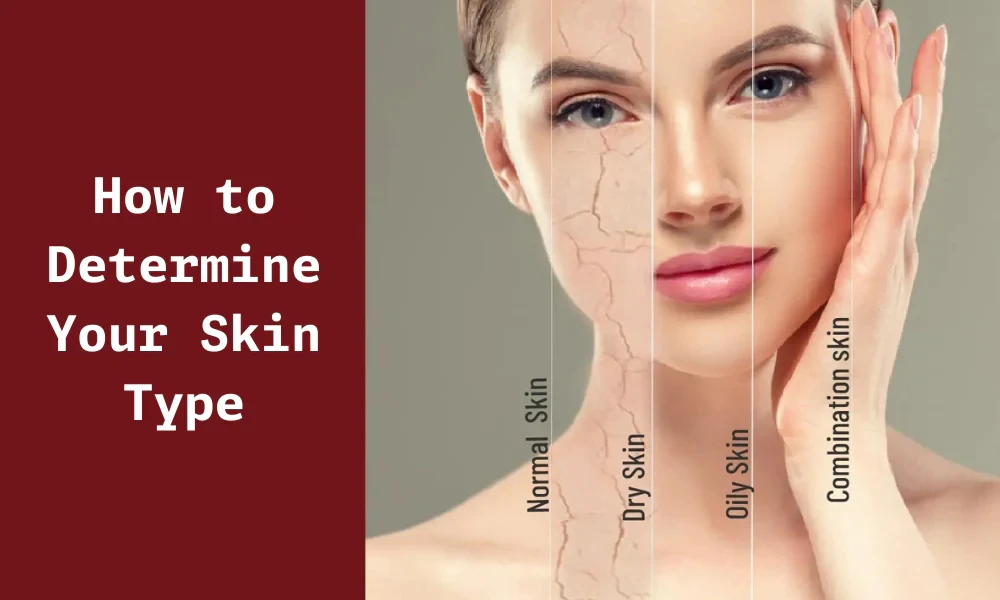How do i know my skin type
How to Know Your Skin Type
Understanding your skin type is the first step in choosing the right skincare products and routine. Your skin type depends on the amount of oil (sebum) your skin produces, as well as other factors like sensitivity and hydration levels. Generally, skin types fall into five main categories: normal, oily, dry, combination, and sensitive. Here’s how you can identify your skin type with a few simple observations and tests.
1. Cleanse Your Face First
Start with a clean face. Use a gentle cleanser to remove all makeup, dirt, and oils from your skin. Pat your face dry with a towel, but don’t apply any moisturizer, toner, or serums. Wait for about an hour to let your skin return to its natural state. This waiting period is important because it allows your skin to go back to its usual oil and moisture levels.
2. Observe Your Skin
After an hour, take a good look at your face in natural light and observe how it feels.
-
Normal Skin: If your skin feels balanced, neither too oily nor too dry, with a smooth texture and no visible flakes or shine, you likely have normal skin. It feels comfortable without tightness or excessive oiliness.
-
Oily Skin: If your skin looks shiny or greasy, especially on your forehead, nose, and chin (called the T-zone), and you notice larger pores or occasional acne, you probably have oily skin. Your skin produces excess sebum, which can make makeup slide off easily.
-
Dry Skin: If your skin feels tight, rough, or flaky, especially after washing, you likely have dry skin. You might see dry patches or redness. Your skin produces less oil, which can make it feel itchy or irritated.
-
Combination Skin: If you notice that some parts of your face (usually the T-zone) are oily, but other areas like your cheeks are dry or normal, then you have combination skin. This type requires a more tailored skincare approach since different areas have different needs.
-
Sensitive Skin: Sensitive skin tends to react easily. It might feel itchy, burn, or sting after applying certain products or when exposed to environmental factors like sun or wind. You may also notice redness or blotchiness.
3. The Blotting Sheet Test
Another method to identify your skin type is the blotting sheet test:
-
Take a clean blotting paper and gently press it on different parts of your face — forehead, nose, cheeks, and chin.
-
Hold the sheet up to the light to see how much oil is visible.
-
If the sheet picked up little to no oil, your skin is likely dry.
-
If the sheet shows oil from the T-zone only, you probably have combination skin.
-
If the sheet is saturated with oil from all parts, you have oily skin.
-
If the sheet shows balanced oil levels and your skin feels comfortable, it’s normal skin.
4. Consider Your Skin’s Reaction to Products and Environment
Your skin type may also be influenced by how your skin reacts to different environments or products. For example, sensitive skin often reacts to fragrances or harsh chemicals, while oily skin may worsen in hot, humid weather.
5. Additional Tips
-
Age and seasons: Skin type can change with age or season. For instance, skin may become drier in winter and oilier in summer.
-
Health and diet: Your skin health is also affected by your diet, hydration, stress, and overall health.
Summary: To know your skin type, start by cleansing your face and waiting an hour. Observe your skin’s texture, shine, and tightness. Use a blotting sheet to test oil levels on different areas. Consider your skin’s reaction to products and environmental factors. Identifying your skin type helps you pick the right skincare products and maintain healthy skin.

Related Blog
What Causes Oily Skin and Can It Be Managed Naturally? Exploring Root Causes and Gentle Solutions
Aug 2, 2025 by Admin
General
What Are the Signs That You Have Sensitive Skin? Key Symptoms to Help You Identify This Delicate Skin Type
Aug 1, 2025 by Admin
General